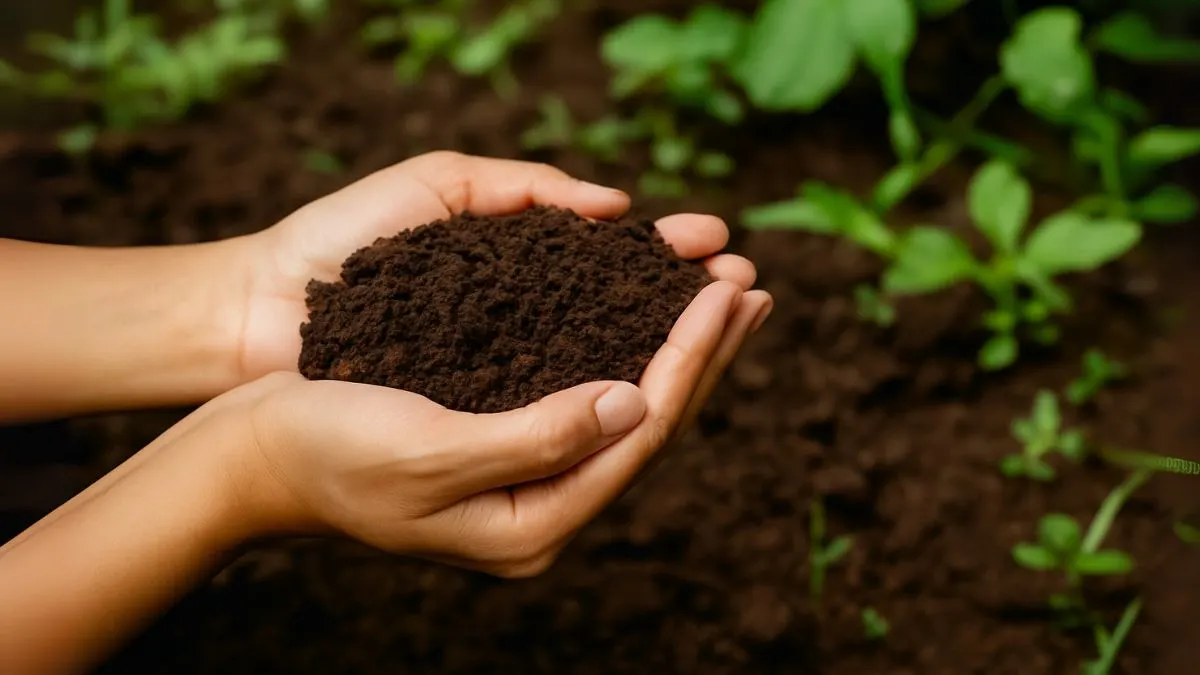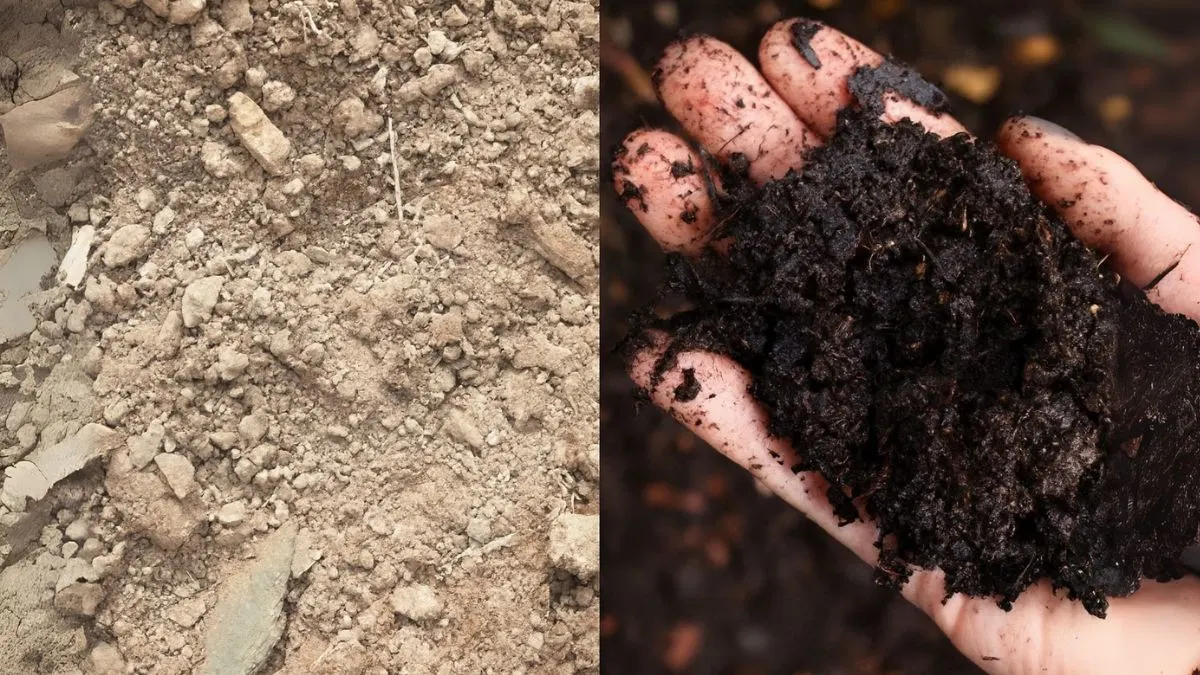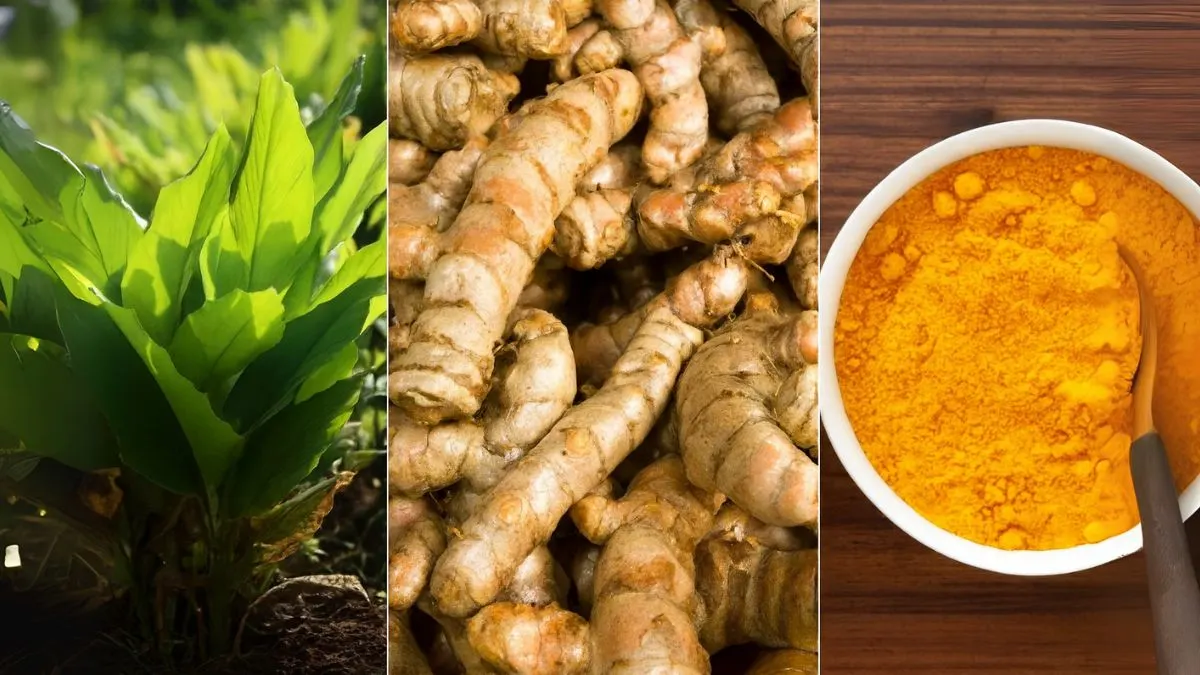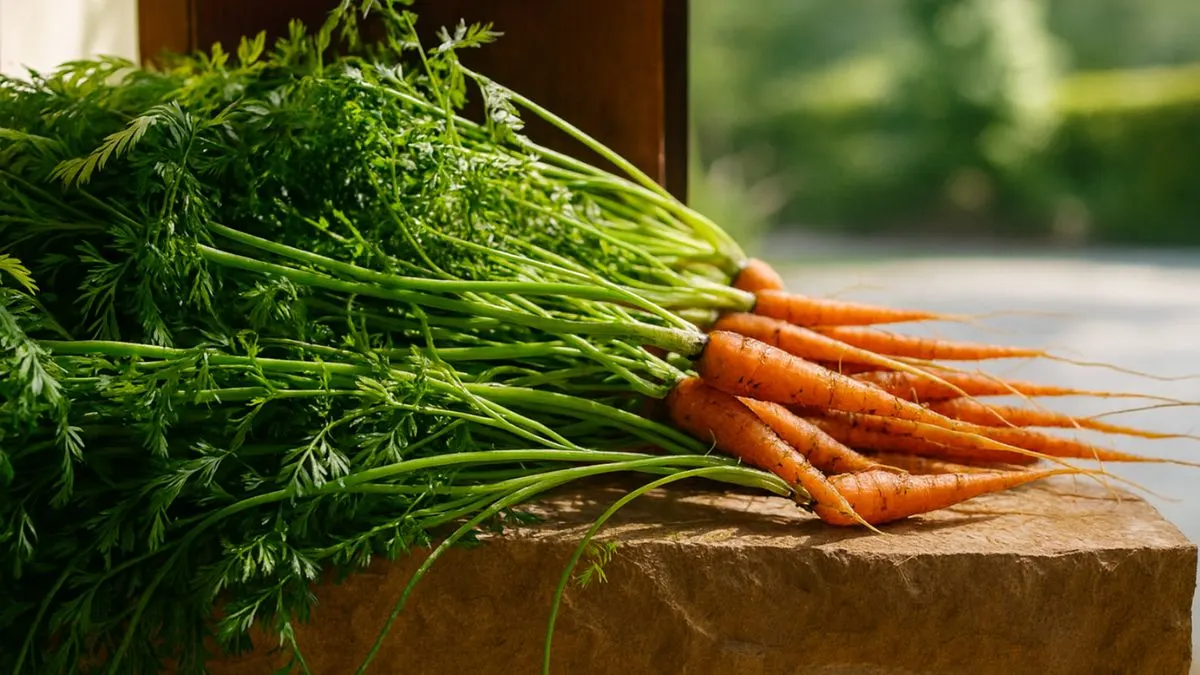Healthy soil is the foundation of every thriving garden. If the soil is rich in nutrients, drains well, and has the right texture, your plants will flourish without constant intervention. But too often, gardeners struggle with poor soil—heavy clay, sandy patches, or nutrient depletion from overuse.
The good news? By adopting simple, natural methods, you can turn even tired soil into a vibrant ecosystem. In this article, I’ll share practical and proven techniques like adding compost and aged manure, using mulch, practicing crop rotation, and minimizing soil disturbance. These methods not only improve plant health but also build long-term fertility for your garden.
1. Know the Look and Feel of Your Soil
Before making changes, it’s important to know the look and feel of your soil. Take a handful and observe: Is it sticky and heavy like clay? Loose and crumbly like sand? Or rich and dark with organic matter?
When I first started gardening in Toronto, my soil was dense clay. Water pooled on the surface instead of sinking in. Over the years, by adding compost and organic amendments, I was able to transform it into a healthier, well-draining mix.
2. Add Organic Matter Regularly
One of the golden rules of gardening is to add organic matter consistently. Organic matter improves soil structure, increases water retention in sandy soils, and enhances drainage in heavy clay soils.
Some popular ways include:
- Adding Compost: Homemade compost is a treasure. By recycling kitchen scraps and garden waste, you’re literally creating food for your soil. This is the essence of composting and building healthy soil.
- Using Organic Amendments like Compost, Manure, or Worm Castings: Each of these adds nutrients and beneficial microbes. I’ve personally seen my vegetables grow faster and healthier after adding worm castings to my raised beds.

3. Adding Compost and Aged Manure
Few things enrich soil as effectively as adding compost and aged manure. Compost introduces essential nutrients while improving texture. Aged manure, whether from cows, horses, or chickens, boosts fertility but should always be well-rotted to prevent burning plants.
When I used aged horse manure in my backyard vegetable garden, the results were incredible—my tomatoes doubled in size, and leafy greens like lettuce and spinach thrived.
Also Read: The Columnar Fruit Trees Home Gardeners Swear By
4. Using Mulch to Protect and Nourish Soil
Using mulch is another natural way to keep your soil fertile. Mulch conserves moisture, regulates temperature, and suppresses weeds. Over time, organic mulches like straw, leaves, or grass clippings break down, enriching the soil further.
In my Canadian garden, mulching has been a game-changer during hot summers. It reduced watering needs while keeping the soil cool and crumbly for roots.
5. Practicing Crop Rotation
Practicing crop rotation ensures that soil nutrients are not depleted by growing the same plants year after year. Different crops demand different nutrients, and rotating them helps maintain balance.
For example, planting beans and peas after heavy feeders like corn or tomatoes restores nitrogen naturally. These legumes fix atmospheric nitrogen into the soil, reducing the need for synthetic fertilizers.
6. Minimizing Soil Disturbance
Healthy soil is a living system filled with beneficial microbes, fungi, and insects. By minimizing soil disturbance, such as reducing tilling, you allow this ecosystem to thrive. No-till or low-till methods keep soil structure intact, improve water retention, and protect earthworms.
When I shifted from heavy tilling to light hand-turning, I noticed my garden retained moisture longer and required less fertilizer.
7. Fixing Drainage with Amendments
If your soil tends to stay soggy or compacted, organic matter and gypsum lime can help break them up and improve drainage. While organic matter improves aeration naturally, gypsum is especially effective in clay-heavy soils.
I used gypsum once in a stubborn clay patch near my fence. Within a season, the soil became looser, and my cucumbers and herbs started thriving there.
Also Read: Why Gardeners Always Plant Garlic in September
Soil Enrichment Methods
| Method | Benefit | Best For |
| Adding Compost | Boosts nutrients, improves texture | All soil types |
| Aged Manure | Adds fertility & organic matter | Vegetable gardens |
| Using Mulch | Conserves water, enriches soil | Hot/dry climates |
| Crop Rotation with Beans/Peas | Restores nitrogen naturally | Annual vegetable gardens |
| Minimizing Soil Disturbance | Protects microbes, retains moisture | Long-term soil health |
| Gypsum Lime with Organic Matter | Breaks clay, improves drainage | Heavy clay soils |
Healthy gardens begin with healthy soil. By embracing natural techniques like adding compost and aged manure, using mulch, practicing crop rotation, and minimizing soil disturbance, you create a thriving environment where plants can reach their full potential. Whether you’re using organic amendments like compost, manure, or worm castings or improving clay soil with organic matter and gypsum lime, every effort builds resilience and fertility.
I’ve seen firsthand how these methods transformed my soil from hard, unyielding clay into a rich, living foundation for healthy plants. The beauty is, these strategies work not only in Canada and the USA but anywhere in the world.
So, next time you step into your garden, think about your soil. Feed it, protect it, and it will reward you with healthier plants and bigger harvests.



